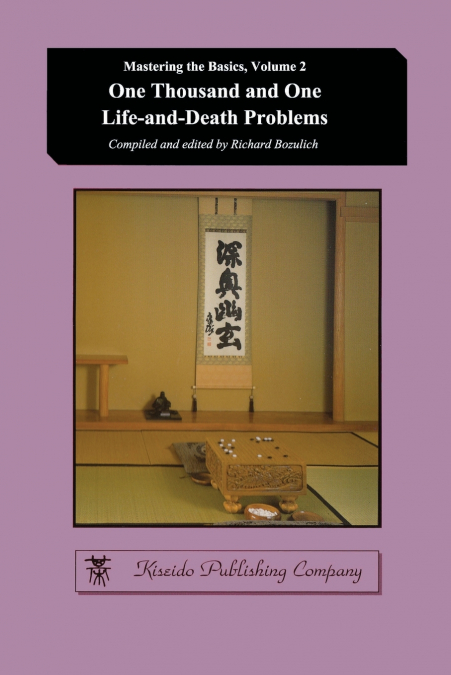
Richard Bozulich
Along with playing games, practice is essential for mastering go technique; namely, practice in analyzing positions and reading out all their variations. However, the practice players get from their games is limited, whereas problem books can give the amateur go player a vast variety of positions that might occur in their games. Practice also keeps the mind sharp and in top form.This is the reason professionals are always solving problems and often spend considerable time composing them.Practice must also include repetition if it is to be effective. If you have to find the same kind of tesuji in similar patterns over and over again, spotting that tesuji in a problem or in a game will become second nature.It is the purpose of this book to provide a vast number and a large variety of life-and-death problems for the in experienced player.The problems are not hard; they range from very easy to moderately difficult. A dan player should be able to solve them within a minute, sometimes on sight, but it may take a bit longer for kyu-level players.If you have just learned the rule s and played only a few games, you will benefit from studying these problems. Three types are presented: 1) problems in which you have to read only one move ahead; 2) problems in which you have to read three moves ahead; and 3) problems in which you have to read five moves ahead. In this way, the problems become progressively harder, from very easy to rather difficult.It may take you a bit of time to work through this book, but in the end you will have mastered the basic techniques of the life and death of groups. 3